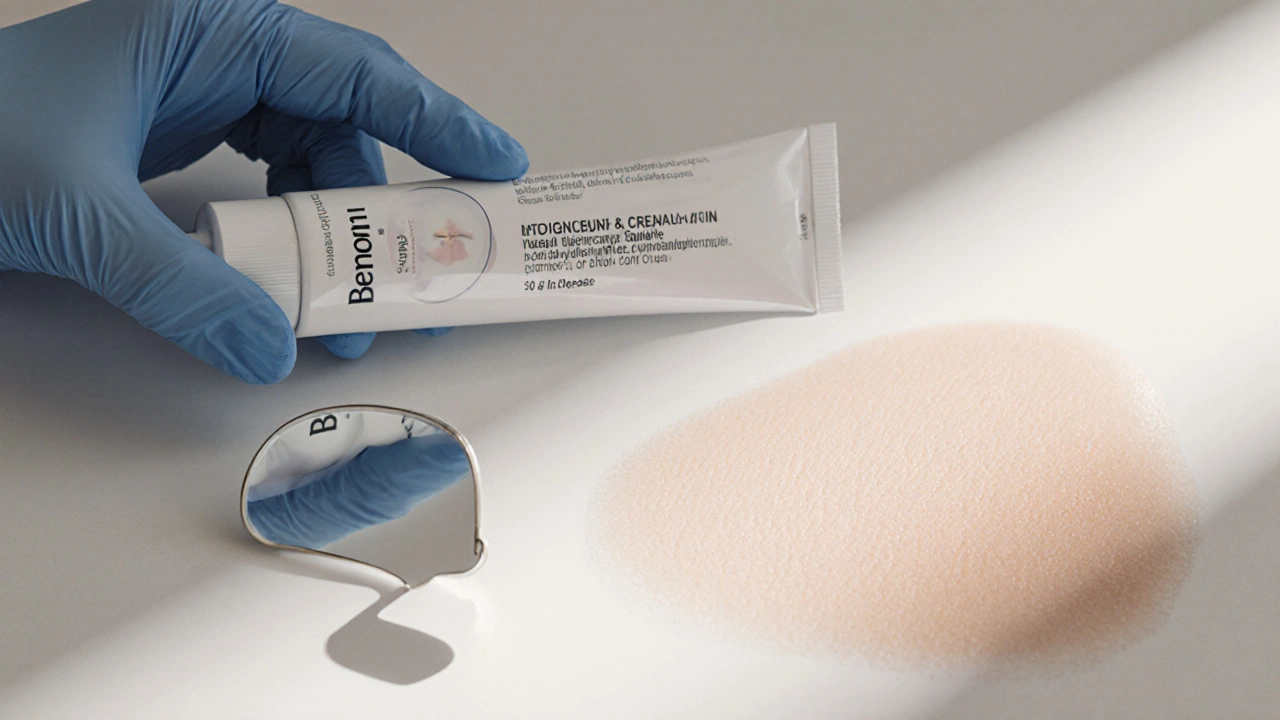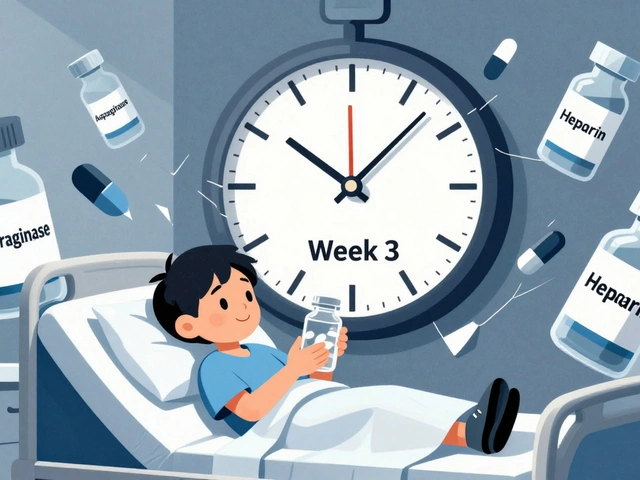Monobenzone – Depigmentation Therapy and Safety Guide
When working with Monobenzone, a topical depigmenting agent used to lighten skin patches in extensive vitiligo. Also known as Benzoin liquid, it works by destroying melanocytes, the cells that produce pigment, so the skin gradually becomes uniform in tone. Vitiligo, an autoimmune condition where pigment‑producing cells are lost, often leaves large, uneven white patches. For patients with widespread disease, doctors may prescribe Depigmentation therapy, a treatment plan that intentionally removes remaining pigment to match the lighter areas. The process uses Topical skin‑bleaching agents, creams or liquids applied to the skin to reduce melanin production, and Monobenzone is one of the most potent options available.
Key Points About Monobenzone
Monobenzone Monobenzone isn’t a casual cosmetic; it requires careful medical supervision. First, a dermatologist will do a skin‑type test to see if you can tolerate the chemical without severe irritation. Typical side effects include redness, itching, and occasional blistering—signs that the skin is reacting to the pigment loss. Because the drug permanently destroys melanocytes, the effect is irreversible; you can’t simply stop using it and expect your original skin color to return. When comparing it to older agents like Psoralen, a UVA‑activated compound used in PUVA therapy, Monobenzone offers a faster, more uniform outcome but carries a higher risk of skin sensitivity. Cost is another factor: many patients look for affordable versions online, but safety is non‑negotiable. Buying from reputable pharmacies, checking for proper licensing, and verifying that the product matches the prescribed concentration are crucial steps. Our collection of articles shows how to spot legit sellers, compare prices, and avoid counterfeit meds—especially important for a drug as powerful as Monobenzone.
Beyond the basics, the therapy demands ongoing skin care. Sunscreen with high SPF protects the newly lightened skin from UV damage, which can otherwise lead to sunburn or even skin cancer. Moisturizers reduce dryness caused by the medication, and regular follow‑up appointments let doctors adjust the regimen based on your response. Some users combine Monobenzone with other treatments, like narrow‑band UVB, to speed up the process; however, such combos should only be tried under professional guidance. If you’re considering the treatment, you’ll also want to know how it fits into the broader landscape of medication management. Our site offers guides on buying cheap generic drugs safely, comparing medication alternatives, and understanding side‑effect profiles—resources that can help you make an informed decision whether you’re starting Monobenzone or looking at other options for vitiligo management.
Below you’ll find a curated list of posts that walk you through every step—from checking the legitimacy of online pharmacies to understanding how Monobenzone stacks up against other depigmentation strategies. Whether you need price‑comparison charts, safety checklists, or detailed side‑effect reviews, the articles below cover the full spectrum of information you’ll need to navigate this treatment confidently.

Benoquin Cream vs Alternatives: Monobenzone Comparison Guide
Compare Benoquin cream (monobenzone) with top alternatives, covering efficacy, safety, cost, and suitability to help you choose the right skin depigmentation option.
read more




